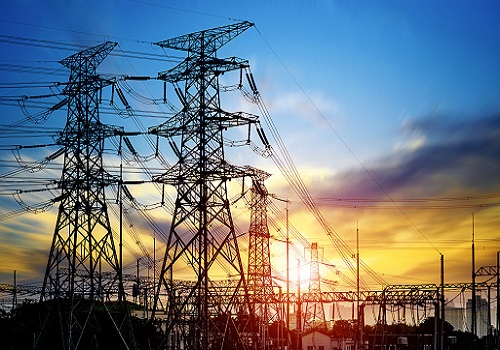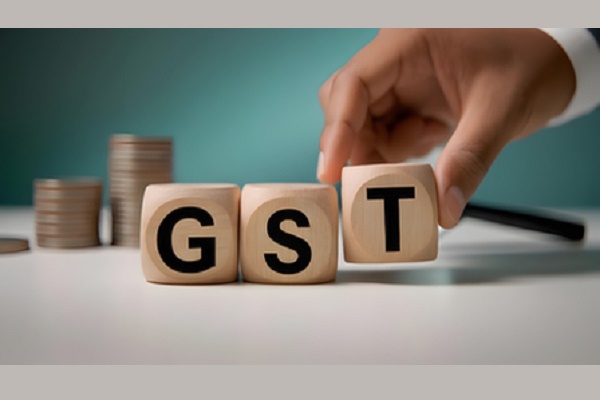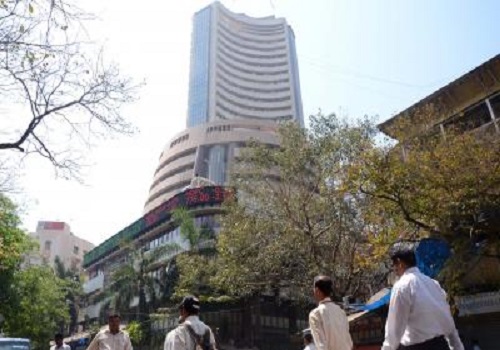S&P Global Commodity Insights: India`s January power demand grew by 18% year on year

- Higher power demand driven by abnormal weather
India’s power demand for January was 184 aGW, which is 18% higher year on year. The strong demand was mostly driven by colder than normal weather as HDDs for January was on average 1.5°C higher per day. However, since Jan. 21, the weather has flipped and has turned warmer than normal and is driving cooling demand. For Feb. 1-12, CDDs were about 2°C higher per day year on year, and power demand has averaged 197 aGW and is about 13% higher compared to the same period one year ago.
S&P Global Commodity Insights believes power demand will come down from double digit growth as the weather normalizes but should still be robust going forward at around 7%.
- Renewables increase, but coal-fired power generation surges 20 aGW on year
Renewables power generation is at a seasonal low during winter, but both solar and wind generation showed year-on-year increases of about 3 aGW each. However, the large change in generation for January 2023 when comparing with a year earlier is from coal, which increased by over 20 aGW to 148 aGW.
Strong coal-fired power generation during the first part of the year limited some replenishment of coal stocks, but stocks at the end of January are still large enough to cover for 12 days of generation, which is an increase of about three days on the year.
Coal-fired power generation will continue to be the thermal fuel that will meet fluctuations in power demand and could reach new record highs during the spring season, especially during periods with higher-than-normal weather. The spring is usually the period with high demand for thermal fuels in the power sector, as hydro and renewables pick up during the summer months. S&P Global Commodity Insights believes coal-fired power generation will average 142 aGW for Q2, which would be 3 aGW lower year on year.
- Gas-fired power generation at low levels, spot LNG too expensive
Gas-fired power generation continues to stay stable and low at around 3 aGW, and LNG is almost absent from the generation fuel mix, averaging only 2 million cu m/day in December. India has implemented a ceiling price for wholesale power of Rupees 12/kWh. On Feb. 14, the average MCP price in the day ahead market at the Indian Energy Exchange was Rupees 6.88/kWh; well below the power ceiling price. However, for the Western region, on Feb. 14 the peak power price was hit both for the morning and evening peak power demand hours. When the ceiling price for power is reached, the West India Marker LNG price could give positive spark spreads in the Western region if bought at around 11.5/MMBtu, but this is 3/MMBtu below the price published on Feb. 14 at $14.5 MMBtu. Therefore, an increase in the use of spot LNG for power generation is unlikely to take place unless the West India Marker LNG price declines further. S&P Global Commodity Insights assumes that gas-fired power generation will continue at around 3 aGW for most of the year, with gas demand at 14 million cu m/day, but there could be some upside in the spring.
The government has instructed operators of gas-fired power plants to keep 2 GW of additional capacity ready for the spring season, but how much will be used is uncertain. For April, the assumption for gas-fired power generation is increased to 4 aGW. There could be some further upside to the assumption for gas-fired power generation before the monsoon starts sometime in May.
Above views are of the author and not of the website kindly read disclaimer




















